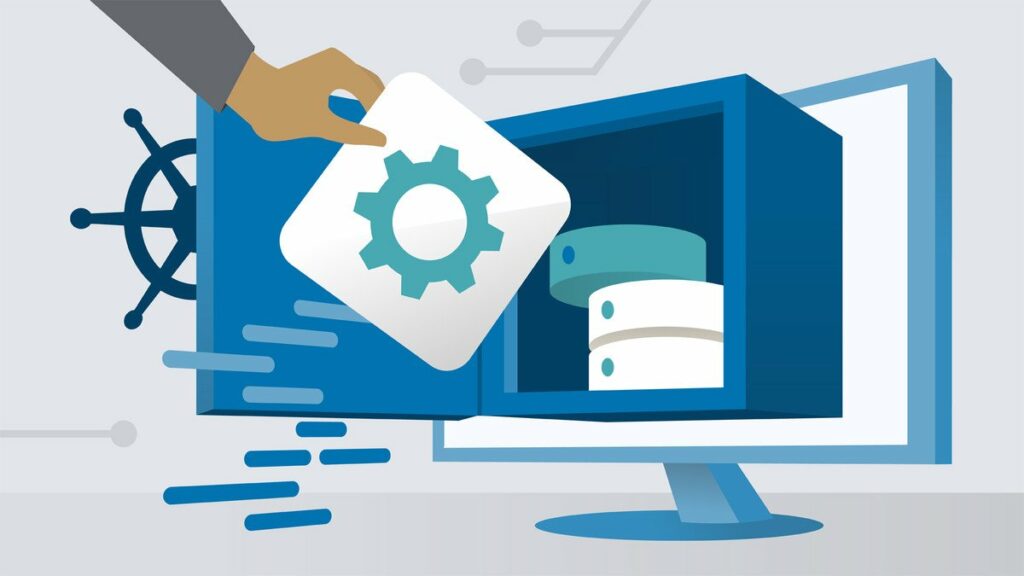How to Apply Free Certification in .NET Skills to Salesforce
Transitioning your .NET skills to Salesforce involves adapting your programming knowledge and practices to Salesforce’s development ecosystem, which primarily includes technologies like Apex (similar to Java) and the Lightning Component framework. Here’s a guide to help you make this transition:
- Understand Salesforce Ecosystem: Familiarize yourself with the Salesforce platform, its capabilities, and its various components, such as Sales Cloud, Service Cloud, Marketing Cloud, and more. Understand how businesses use Salesforce to manage their operations, customer relationships, and data.
- Learn Apex Programming: Apex is Salesforce’s programming language, similar to Java. Start by learning the basics of Apex syntax, data types, control structures, and object-oriented programming concepts. Salesforce provides comprehensive documentation and resources for learning Apex.
- Database Concepts and SOQL: Salesforce uses a relational database model. Learn about Salesforce objects, fields, relationships, and how to write queries using Salesforce Object Query Language (SOQL) to retrieve and manipulate data.
- Integration with .NET: If you need to integrate Salesforce with .NET applications, you can use technologies like REST APIs, SOAP APIs, or even the Salesforce Connect feature. Familiarize yourself with these integration options and how to authenticate and make API calls from your .NET code.
- Apex Triggers and Workflows: Similar to event-driven programming in .NET, you can create Apex triggers and workflows to automate processes and respond to events in Salesforce.
- Lightning Component Framework: The Lightning Component framework is Salesforce’s modern UI framework. Learn how to create Lightning Components using Aura framework (JavaScript-based) and build responsive, interactive user interfaces.
- Visual Studio Code and Salesforce Extensions: Salesforce development often involves tools like Visual Studio Code with Salesforce extensions. Set up your development environment, install the necessary extensions, and learn how to use them effectively.
- Trailhead and Online Resources: Salesforce offers Trailhead, a free online learning platform, where you can find modules and projects to learn Salesforce development. It covers a wide range of topics and provides hands-on exercises.
- Security and Authentication: Understand Salesforce’s security model, authentication mechanisms (such as OAuth), and best practices for securing your applications and data.
- AppExchange and Managed Packages: Salesforce has an extensive marketplace called AppExchange, where you can find and distribute applications. Learn how to create managed packages to package and distribute your custom functionality.
- Governor Limits and Bulk Processing: Salesforce enforces governor limits to ensure system performance. Learn how to design your code to work within these limits, especially when dealing with bulk data processing.
- Testing and Deployment: Just like .NET, testing and deployment are crucial in Salesforce development. Learn how to write unit tests, perform integration testing, and deploy your code between environments using Salesforce tools.
- Continuous Integration and Source Control: Incorporate continuous integration and version control practices into your Salesforce development workflow using tools like Salesforce DX and Git.
- Community and Networking: Join Salesforce developer communities, forums, and online groups to connect with other developers, ask questions, and share your knowledge.
Remember that while your .NET skills will provide a strong foundation, there will be a learning curve as you become familiar with Salesforce’s unique architecture, features, and tools. Utilize available resources, practice hands-on, and gradually build your proficiency in Salesforce development.

